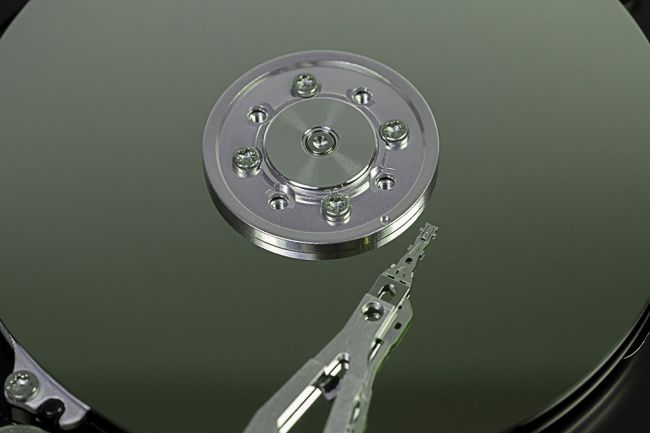Seagate is doubling down on its assurance to establish a 20-terabyte hard drive by 2020, which is based on heating assisted magnetic saving (HAMR) technology. Looking way further down the road, the company is convinced HAMR will 1 day business lead to 100TB HDDs.
In a post outlining a technology roadmap that will hold Seagate to 2025 and past, the company discussed that it is been using HAMR technology in a few form or another because the late 1990s.
“During this time period we have possessed many breakthroughs to make reliable close to field transducers, special high capacity HAMR marketing, and determining ways to put a laser beam on every single head that is not a bigger than a grain of sodium,” Seagate said. “This season we intend to ship some test HARM drives to some our of customers and we anticipate totally productizing the technology prior to the end of the 10 years.”
You can find “many problems” and “lots of effort” that continue to be between now and addressing 20TB in one HDD, Seagate said. Inside the shorter term, Seagate designs to establish capacities around 16TB using HAMR technology in today’s 3.5-inches form factor, likely next year or the entire year after. But looking way later on, Seagate perceives capacities ballooning to capacities that will dwarf what exactly are available today.
“The HAMR technology will continue steadily to evolve, and when all goes in line with the ASTC roadmap, take us to operate a vehicle capacities around 50 Terabytes early on next decade. At this time we must incorporate HAMR with bit-patterned marketing. We call this warmed dot magnetic taking (HDMR) and the industry consensus is the fact that 100 Terabyte drives will be possible with this technology in the foreseeable future,” Seagate said.
Seagate is not the only person taking target at super high capacity HDDs. Competitor Western Digital just lately launched the industry’s first 14TB HDD, and strategies to work with microwave-assisted magnetic saving (MAMR) to attain 40TB by 2025. WD also expresses that MAMR is way better for long-term dependability than HAMR since it doesn’t actually apply high temperature to the platters, and is also also easier and cheaper to put into action. Reuters



